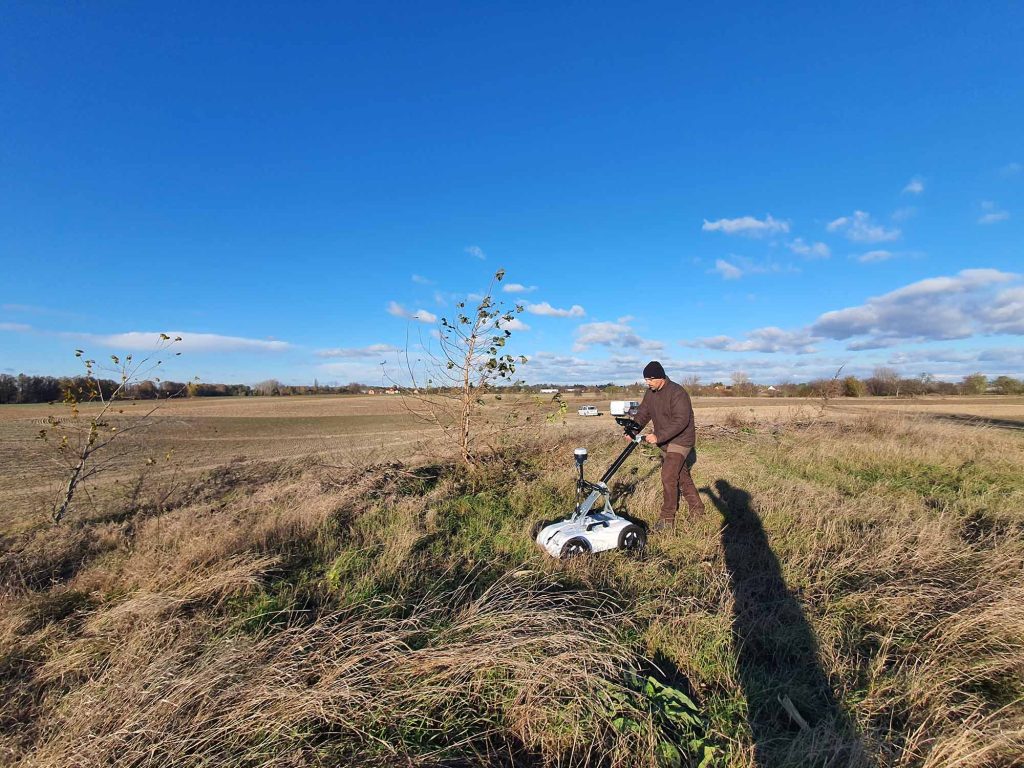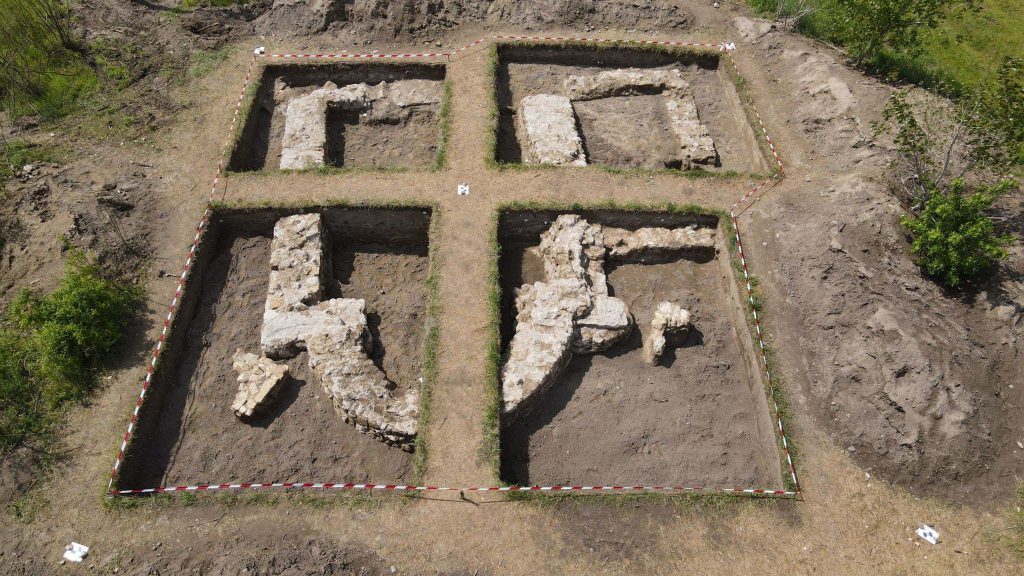In a striking example of how contemporary geophysical technology can shed light on age-old enigmas, Geosequence Ltd has utilized ImpulseRadar’s CrossOver 1760 ground-penetrating radar (GPR) system to effectively locate the remnants of a medieval church in the vicinity of Kiskunlacháza, Hungary. This project, which is part of a larger multi-site historical research effort, demonstrates the success of utilizing non-invasive techniques for detecting and preserving heritage.
To meet the demands of this archaeological investigation, the Geosequence team deployed the CrossOver 1760. Despite challenging conditions in late November—including cold weather and dense underbrush—the survey team managed to scan 350 m² in just over an hour.

This case confirms that contemporary GPR technology offers an efficient, cost-effective solution for archaeological exploration. By providing detailed subsurface imagery without disturbing the soil, the technology allows researchers to make informed decisions about where to excavate—saving time, resources, and preserving site integrity.
We are excited to present details of this project on our case study page and would like to extend our special thanks to Geosequence Ltd. company for their contribution.


